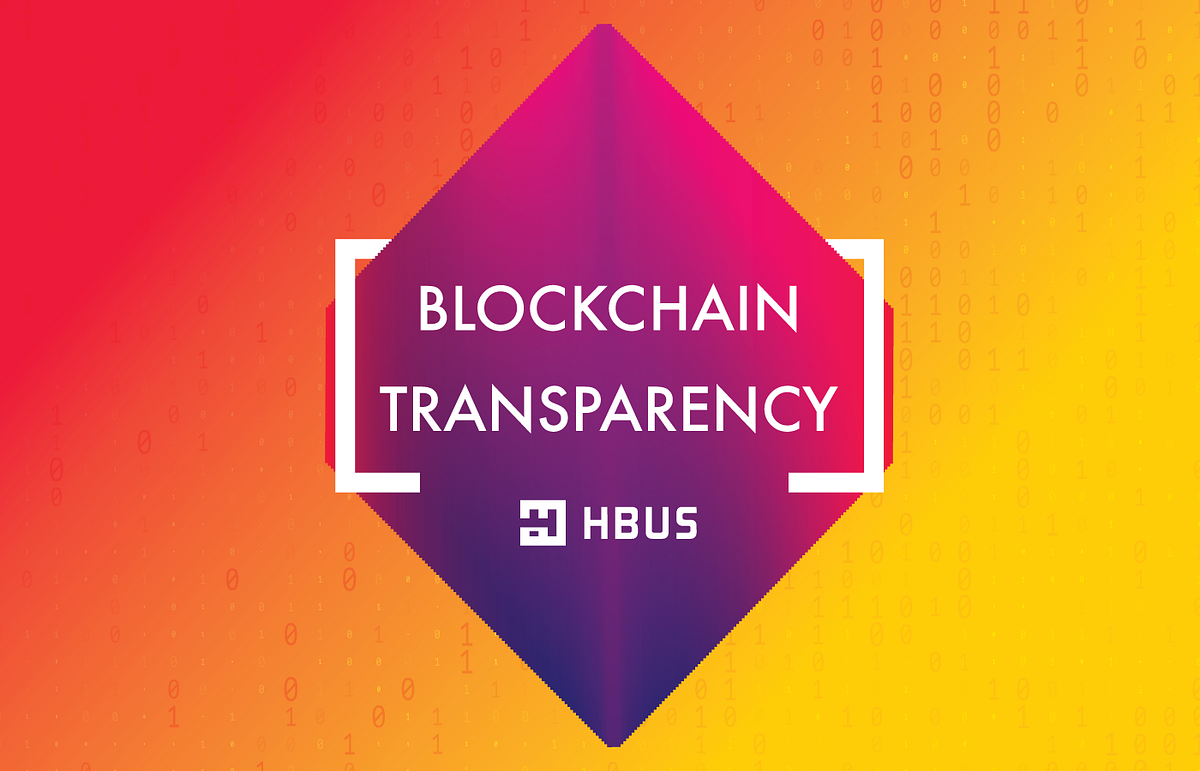Blockchain for Non-profits: Transparency in Charity

Blockchain’s decentralized and immutable nature presents a groundbreaking solution for nonprofits seeking enhanced transparency in charity. This revolutionary technology offers multiple advantages that can transform the way nonprofits operate and interact with their stakeholders.

Transparency and Accountability: Blockchain’s immutable ledger records every transaction and decision, providing a clear and tamper-proof history of all operations. This ensures that donors can trace the flow of their funds, reducing the risk of misappropriation and building trust among stakeholders.

Efficient Fundraising: By eliminating intermediaries, blockchain enables nonprofits to connect directly with donors, saving costs and reducing administrative overheads. Real-time tracking of donations and automated processes streamline fundraising efforts, allowing nonprofits to allocate more resources to their missions.
Increased Donor Engagement: Transparency promotes donor engagement by giving them a clear understanding of how their contributions are used. Detailed transaction histories and visual representations of impact enable donors to connect more deeply with the causes they support, fostering loyalty and long-term commitments.
Reduced Fraud and Abuse: Blockchain’s inherent security measures mitigate fraud and abuse. Its distributed nature protects against data breaches and malicious alteration of records. Transactions are validated by multiple nodes, ensuring that all parties have access to the same immutable truth, minimizing the potential for unauthorized access or tampering.
Enhanced Impact Reporting: Blockchain allows nonprofits to track the impact of their programs and services in a standardized and transparent manner. Data is securely recorded and shared across the blockchain, providing a comprehensive view of the organization’s effectiveness and impact. This data can be used to measure outcomes, demonstrate accountability, and improve program design.
The adoption of blockchain technology in the nonprofit sector is gaining momentum as organizations recognize its potential to revolutionize the way they operate. By embracing blockchain’s advantages, nonprofits can enhance transparency, build trust, reduce costs, and increase their impact, ultimately creating a more equitable and efficient charitable ecosystem.# Blockchain Technology for Nonprofits: Revolutionizing Transparency in the Charity Sector
Executive Summary
Nonprofits are increasingly embracing blockchain technology to enhance transparency, efficiency, and accountability in their operations. Blockchain offers a secure and immutable ledger system that provides a comprehensive and auditable record of all transactions, donations, and program outcomes. By leveraging blockchain, nonprofits can demonstrate their trustworthiness, build stronger relationships with donors, and drive greater impact through data-driven decision-making.
Introduction
In the modern era of digital transformation, technology has the power to revolutionize the nonprofit sector. Blockchain technology, specifically, holds immense potential for nonprofits seeking to increase transparency, streamline operations, and maximize their impact. This innovative technology introduces a level of accountability and accessibility to the charity ecosystem that was previously unattainable.
Key Subtopics
1. Increased Transparency and Auditability
- Immutable Ledger: Blockchain creates an unalterable record of all transactions, ensuring that no data can be deleted or manipulated.
- Real-Time Updates: Transactions are recorded in real-time, providing a live view of an organization’s financial position and program activities.
- Verifiable Reporting: External auditors can easily verify transactions on the blockchain, enhancing the accuracy and reliability of financial reports.
2. Trustworthy and Secure Fund Management
- Donation Tracking: Every donation can be tracked from source to destination, eliminating the risk of misappropriation or fraud.
- Secure Storage: Blockchain protects donated funds by storing them in decentralized and encrypted wallets, reducing the vulnerability to hacks or theft.
- Smart Contracts: Automated contracts execute predefined rules and conditions, eliminating the need for manual intervention and reducing human error.
3. Data Analytics and Improved Decision-Making
- Real-Time Insights: Blockchain provides organizations with real-time data on their operations, enabling them to make informed decisions and adapt quickly to changing circumstances.
- Performance Metrics: Key performance indicators and program outcomes can be tracked and analyzed on the blockchain, allowing nonprofits to measure effectiveness and identify areas for improvement.
- Data-Driven Storytelling: The transparency and accessibility of blockchain data facilitate compelling storytelling, demonstrating the impact of an organization’s work to potential donors and supporters.
4. Enhanced Donor Engagement
- Increased Trust: Blockchain’s transparency builds donor trust and confidence in the legitimacy and effectiveness of an organization.
- Donor Recognition: Nonprofits can easily acknowledge donations and recognize donors on the blockchain, foster a sense of community and appreciation.
- Direct Communication: Donors can interact directly with organizations through blockchain platforms, facilitating feedback and building lasting relationships.
5. Streamlined Operations and Cost Reduction
- Automated Processes: Blockchain technology can automate many routine tasks, such as record-keeping and financial management, freeing up resources for higher-value activities.
- Reduced Paperwork: The digital nature of blockchain eliminates the need for physical paperwork, reducing administrative costs and environmental impact.
- Increased Efficiency: By streamlining operations, nonprofits can achieve greater efficiency and cost-effectiveness in their daily activities.
Conclusion
Blockchain technology offers transformative potential for nonprofits by providing transparency, accountability, and efficiency. Nonprofits that embrace blockchain can enhance donor trust, improve decision-making, and maximize their impact. By leveraging this innovative technology, nonprofits can establish themselves as leaders in the sector, inspiring confidence and driving positive change in the communities they serve.
Relevant Keyword Tags
Blockchain Technology
Nonprofits
Transparency
Charity
Accountability
FAQs
-
What is blockchain technology?
Answer: Blockchain is a distributed ledger system that records transactions in a secure and verifiable manner. -
How can blockchain improve transparency in nonprofits?
Answer: Blockchain provides an immutable record of all transactions and activities, ensuring that data cannot be altered or manipulated. -
How can blockchain help nonprofits manage funds securely?
Answer: Blockchain secures donated funds in decentralized and encrypted wallets and enables the use of smart contracts to automate financial processes. -
What are the benefits of blockchain for data analytics in nonprofits?
Answer: Blockchain facilitates real-time insights, enables the tracking of performance metrics, and supports data-driven storytelling. -
How can blockchain streamline nonprofit operations?
Answer: Blockchain can automate tasks, reduce paperwork, and increase efficiency through digital document management and automated processes.
